
FDA Considers Banning Flavored e-Cigs
As teen use of e-cigarettes or “vaping” reaches epidemic levels, the FDA is considering banning flavored e-cig liquids believed to attract adolescents.
According to a 2017 survey conducted by National Youth Tobacco, nearly 12% of high school students and 3% of middle school students smoke e-cigarettes (battery powered devices that deliver flavored nicotine vapor). FDA data suggests those numbers have increased significantly in 2018.
Such widespread usage puts hundreds of thousands of teens at an “exceedingly high” risk of developing nicotine addictions, says FDA Commissioner Scott Gottlieb.
These numbers should not come as a surprise. The e-cig industry has a highly addictive substance – nicotine – and is marketing it like candy. To make matters worse, vaping does not carry the same stigma as does smoking, and is even considered “safe” compared to traditional cigarettes. This means people will smoke guilt-free inside their homes and in places where cigarette use is prohibited.
It also means people will vape more frequently throughout the day than they would smoke cigarettes.
“With the Juul, you can vape anywhere, 24/7,” says Kevin Kee, 22, referring to the leading e-cigarette manufacturer. “I went through pods way quicker [than cigarettes] – I could go through a pod in one day.”
One Juul pod, which lasts most users between 1 and 4 days, contains the same amount of nicotine as a pack of cigarettes and costs about $5.
“It’s an expensive addiction,” admits college student Emma Clary, who describes vaping as “a sort of release in your body” that “tingles for a couple seconds.”
Juul is currently facing a lawsuit from users claiming it markets to teens using flavors, trendy packaging, and social media. The company has also been accused of wooing adult smokers with promises of a lower amount of nicotine (compared to cigarettes) even though its product are designed to be more potent and addictive than cigarettes.
—
The FDA this week announced a massive vaping prevention campaign targeting 10 million adolescents who already vape or who are open to trying it. On Wednesday, the agency sent a letter to Juul demanding details on how it plans to curb sales to underage consumers. If it fails to do so, the agency will seriously consider banning flavored liquids.
Earlier this year, the FDA sent more than 1,000 letters to e-cigarette retailers warning them of the potential penalties for selling to individuals under age 18. More than 100 establishments were hit with fines for repeated offenses.
“We see clear signs that youth use of electronic cigarettes has reached an epidemic proportion, and we must adjust certain aspects of our comprehensive strategy to stem this clear and present danger,” says Gottlieb. “We are very concerned that we could be addicting a whole generation of young people…We only have a narrow window of opportunity to address it.”
Meanwhile, the e-cig industry claims its products have helped millions of people quit smoking and insists that vaping is 95% safer than traditional smoking.
But as Gottlieb points out, the “youth risk” is more important than the potential decrease in adult smokers. “In closing the on-ramp to kids, we’re going to have to narrow the off-ramp for adults who want to migrate off combustible tobacco and onto e-cigs.”
Not only has vaping become more popular than tobacco among those under age 20, but it came at a time when youth rates were finally declining. And according to a 2017 study conducted by researchers at the University of Pittsburgh, teens and young adults who vape are more than 4x as likely as their peers to start smoking traditional cigarettes.
Editor’s note: This is an addiction. The time to ban any part of it would have been as soon as they were introduced. Now its probably too late/










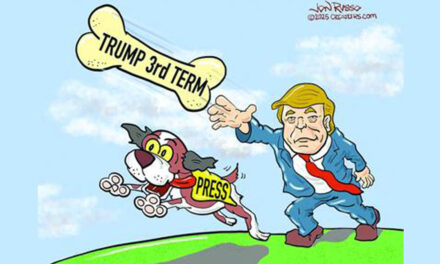
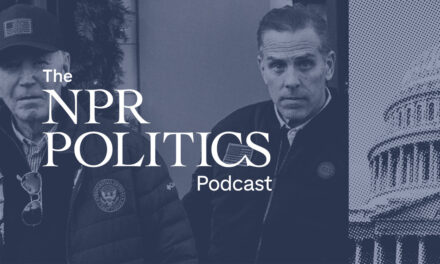

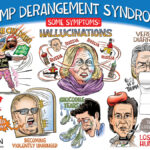


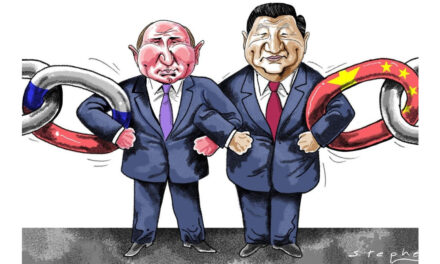






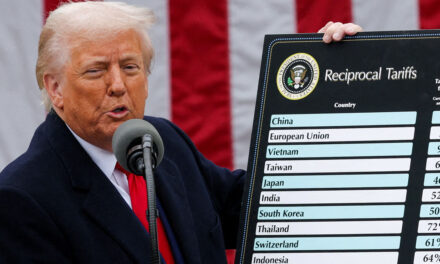


Hitler would be proud. We are looking at the creation of the Fourth Reich, only in the USA. I wonder…
Medicine is one of the most disgraceful professions today, on par with butchery. RFK has turned out to be a…
Wow, repest myself, repeat myself. Oooos. Probably shouldn’t do with taxes, bills, and bringing new double smart oven online.
Dude, snowflakes just wanna, gotta whine….. Of course you don’t see right-wing violence as prevalent as left-wing violence; one needs…
Not sure what that has to do with The Dumpster's story OR my comments, but OK, sure, fine, whatever..... What…